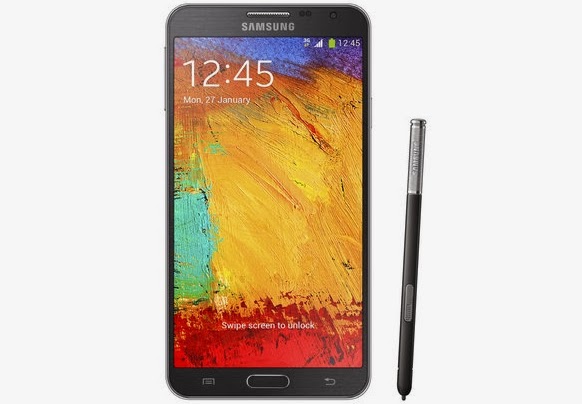Scientists Develop A New Technique To Identify False Stamps
 |
Scientists Develop A New Technique To Identify False Stamps |
Traditionally, the authenticity of rare stamps has been verified by destructively analyzing individual components of them (such as a sample of the ink), or through inspections performed by highly sought-after experts.
But this new technique doesn’t require the destruction of any part of the stamp, and can be done quickly by anyone who has access to the necessary equipment.
A team from Italy’s Università del Salento describe successful use of a lab test called infrared spectroscopy to test all of the multiple components that make up a stamp — including paper fibers, fillers, inks, adhesives and coatings — to produce a portrait without damaging the stamp itself. Out of 180 stamps tested, the IR spectroscopy technique detected two fakes, one of the rare Gronchi Rosa, which was issued in 1961 for then-president Giovanni Gronchi’s trip to South America, and a 2-cent stamp from 1861.
 |
A rare 1961 Gronchi Rosa stamp, and a copy which was detected as Fake using the new technique |


